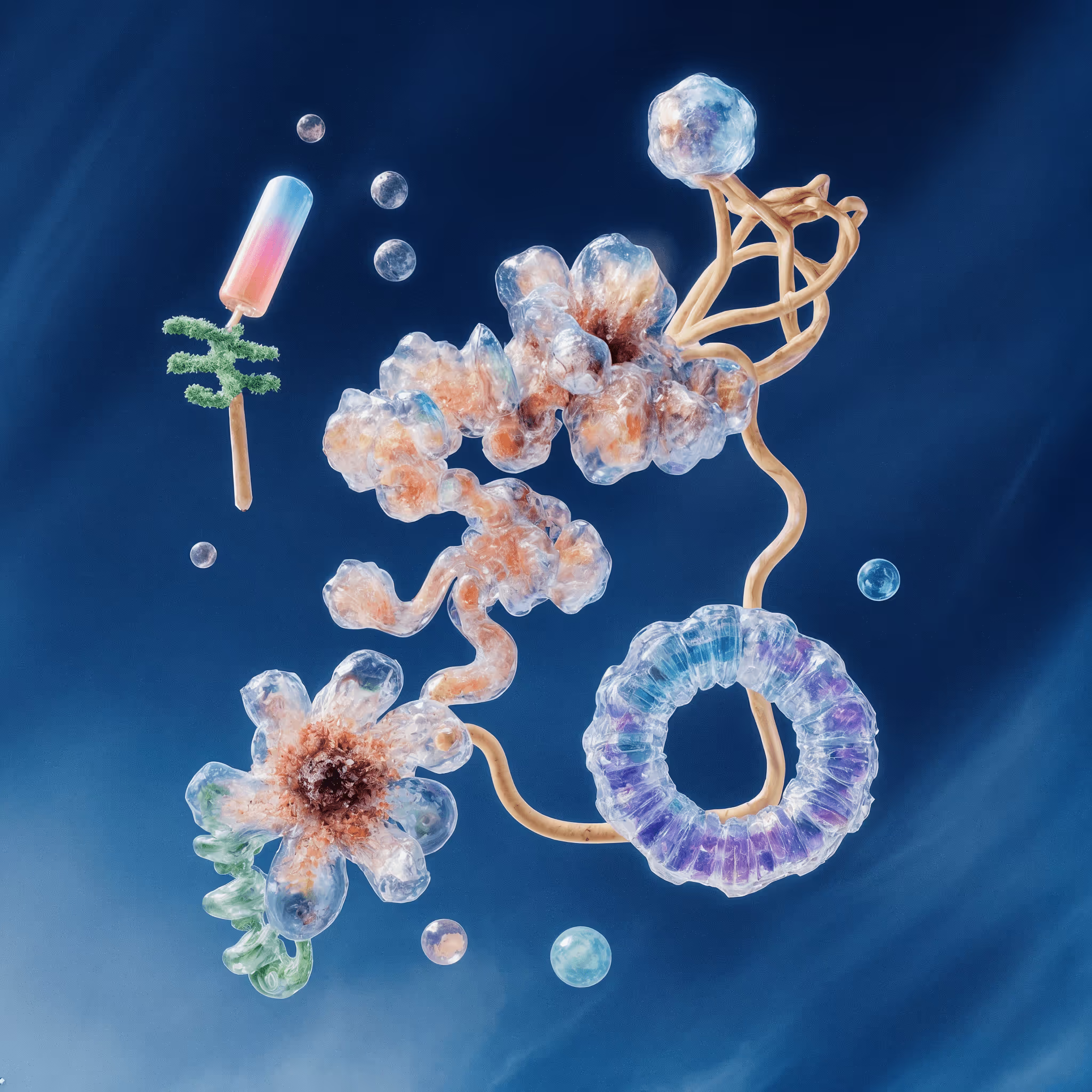Annual Report 2024
An Emerging Leader’s Evolution
Andrew Lane, MD, PhD
As a physician-scientist specializing in blood cancers, Andy Lane, MD, PhD, saw a clear pattern among his patients: most of them were male.
This wasn't a statistical blip. Most blood cancers show a male bias of 20-30%, with some rare forms exhibiting even more dramatic disparities. Dendritic cell leukemia appears at a four-to-one male-to-female ratio, and the ratio for hypereosinophilic syndrome is a staggering nine-to-one.
To Lane’s frustration, the cause of these disparities was unknown. Historically, some sex biases in cancer have been attributed to behavioral differences—for instance, lung cancer in women rose significantly as their smoking rates equalized with men’s by the 1960s and 70s—but these external factors were only relevant to some cancer types.
“Over that same time period, there was absolutely no change in the male-female ratio of kidney and bladder cancer, for example,” he explains. “While cell-extrinsic factors like hormones could play a role, I also started to suspect that there might be differences within the cancer cells themselves.”
Lane’s “aha moment” came a decade ago. Sequencing a number of leukemias, he observed that all tumors with a particular mutated gene on the X chromosome were found in male patients. He hypothesized that a subset of genes could contribute to cancer disparities based on their location on the X or Y chromosome. Ready to explore further, he turned to The Mark Foundation.
Uncovering Sex-Linked Cancer Drivers
Lane — now Associate Chief of the Division of Hematologic Neoplasia at Dana-Farber Cancer Institute and Associate Professor at Harvard Medical School —utilized his Emerging Leader Award (ELA) to search for sex-linked genes across multiple blood cancers. The work quickly yielded significant findings.
“In some cases, we were able to identify genes that led to cancers being very biased towards males or females, and even to figure out the function of those genes,” Lane says. “For example, we found that ZRSR2, a splicing factor gene on the X chromosome, was involved in a type of dendritic cell leukemia as well as some other cancers. But there were other disparities that we never figured out.”
In an extension to the initial ELA grant, Lane and his team expanded the work to explore how sex-linked chromosome alterations, like loss of the Y chromosome (which occurs in about half of men by age 80), might impact malignancies. Ongoing research in this area, he hopes, could ultimately help identify tumor-suppressing genes on the Y chromosome and potentially lead to new therapeutic targets.
That deep dive into male-dominated leukemias, however, also led Lane to make a crucial pivot.
A Serendipitous Discovery: The Role of PI3 Kinase Gamma
As they explored the mechanisms driving diverse types of leukemia, Lane’s team had focused on a rare, highly male-biased dendritic cell leukemia. “There are only about 500 cases of this leukemia a year in the United States,” Lane explained. “But its genetics and the markers on the cell surface are very similar to those of acute myeloid leukemia, so we hoped that by looking at this rare cancer, we could learn something that we could apply more broadly.”
Leveraging the extensive research infrastructure—including patient-derived xenografts and deep genomic analysis methods—built during his initial ELA work, Lane’s lab made a critical discovery: the rare cancer showed a surprising dependency on a signaling pathway called PI3K gamma.
While PI3 kinases (specifically Class 1a enzymes like alpha, beta, and delta) are well-known therapeutic targets with approved drugs for cancers like breast cancer and chronic lymphocytic leukemia, Lane notes that PI3K gamma, a Class 1b enzyme with distinct upstream and downstream signals, had received less attention in cancer.
Previous research focused on inhibiting PI3K gamma to improve immunotherapy efficacy against solid tumors, which proved unsuccessful. But Lane’s lab tried a different approach, with vastly different results. They demonstrated that eganelisib, an existing PI3K gamma inhibitor, was effective as a monotherapy in a subset of leukemias identified by a specific biomarker. Crucially, they also found that the drug worked in combination with several existing leukemia treatments.
From Bench to Bedside: A Rapid Translation
That’s when compelling preclinical data met a stroke of serendipity. With investor support, Lane quickly spun up a new company, Stelexis Biosciences, and acquired eganelisib. Since the drug had already completed Phase 2 trials in hundreds of solid tumor patients, its safety profile was well-established, and existing pharmacokinetic and pharmacodynamic data meant that the new company could immediately give leukemia patients the doses that Lane’s team had found were effective in animal models. Phase 1b trials of eganelisib as both a monotherapy and a combined therapy in patients with relapsed AML are currently underway.
The Mark Foundation's Catalytic Role

For Lane, the Emerging Leader Award provided the critical early support and flexibility necessary to explore this unconventional path.
"I love the ELA program,” he said. “It’s a setup that doesn't exist in other funding mechanisms. It lets people follow where the science goes, which is the way it should be, especially if it's an out-of-the-box idea."
In Lane’s case, that foundational support and scientific freedom enabled a remarkably fast translation of early-stage research to the clinic. Lane later went on to act as chair of the ELA review committee for three years, helping provide that opportunity to the next cohort of high-potential researchers.




